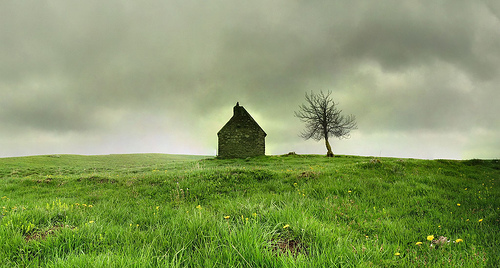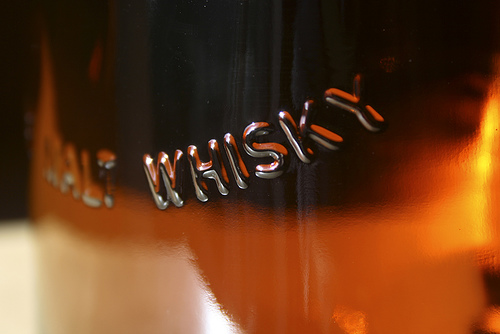When I was in Amsterdam’s Schiphol Airport, I stopped by their duty free shop (the one right through the security checkpoint) to see what they had.
It was a beautifully set up little area for single malt scotches. I wish I took some photos, especially now that I’m starting that series where I post photos of duty free areas, but alas my description will have to do.
The scotch area was a sectioned off part of the store in the back, about 20′ x 20′ with a few high dollar scotches in nice cases in the middle of the room. Along the sides, the racks were set up like bookcases. There was a lot of scotch but in between, when there was space, they stuck some books. It looked very much like a library and it was a look I wanted to recreate at home.
I only have two whisky books at home and I felt I needed to pick up a few more to fill up some space between the oddly spaced bottles. As any aficionado will tell you, it’s as if no two boxes are the same width!
To help me find out the best of the best in scotch whisky books, I asked readers of Scotch Addict to send me their favorites.
Below is a collection of the best of the best, in case you wanted to expand your library!
Whisky Bible by Jim Murray
 This book was recommended the most, by leaps and bounds, over any other book on this list. I’ll let reader Lyle tell you why it’s his favorite:
This book was recommended the most, by leaps and bounds, over any other book on this list. I’ll let reader Lyle tell you why it’s his favorite:
In the front section, he explains his rating system using nose, taste, finish, & balance.
His, “How to Taste Whisky” also provides great tips for the novice. My wife has never liked the smell of Scotch, but during the past 1 ½ years she has occasionally joined me in scotch tasting and actually enjoys the occasional tasting. Of course tasting a several Scotches on an afternoon with each consisting of ¼ ounce in a Glencairn glass is not the same as drinking a glass of Scotch. However, it has allowed her to appreciate the variety of flavors.
By introducing her to Scotch in this manner, she has been able to define the aspects that she likes, the Speyside whiskies. And on rare occasions, she has joined me in a glass of Scotch.
I believe that the best way to introduce Scotch to a non-Scotch enthusiast is to go through the tasting process with several different whiskies. Since taste is subjective, it is important to help them match his or her tastes; otherwise you risk putting them off Scotch forever.
Getting back to Murray’s Whisky Bible, one can use his guide to select a whisky more in tune with the tastes of the novice. For my wife, she leans toward the sherry & fruity whiskies and away from the peaty or heavy oak ones. To each his or her own!
You have to remember that to many non-Scotch drinkers, Scotch is a foul smelling vile liquid, for old men with cast iron stomachs! This why I believe that one needs to ease the person into the Scotch experience through a tasting.
I am sure that if you just handed the average, non-Scotch, drinker a glass of Laphroaig, they would be hesitant to become a Scotch enthusiast.
Click to Buy Whisky Bible by Jim Murray
Whiskey: The Definitive World Guide by Michael Jackson
 This book is the most well known tome on whiskey. Whether you want to learn about Scotch, Bourbon, or Whiskey, Michael Jackson has you covered.
This book is the most well known tome on whiskey. Whether you want to learn about Scotch, Bourbon, or Whiskey, Michael Jackson has you covered.
I first learned about Michael Jackson through his homebrewing books, it wasn’t until later that I learned he had such an extensive collection of books about whisky. Another book that was mentioned frequently was Michael Jackson’s “Complete Guide to Single Malt Scotch,” which is a classic.
Click to Buy Whiskey: The Definitive World Guide by Michael Jackson
The World Atlas Of Whisky by Dave Bloom
 This particular book, by Dave Broom, was recommended by several readers. I’ve never personally seen this book but from what I gather online, it’s a massive 320 page beauty that covers almost every single distillery you could name. 350 expressions tasted, 150 distilleries explored – that’s quite a few stamps on the Whisky passport.
This particular book, by Dave Broom, was recommended by several readers. I’ve never personally seen this book but from what I gather online, it’s a massive 320 page beauty that covers almost every single distillery you could name. 350 expressions tasted, 150 distilleries explored – that’s quite a few stamps on the Whisky passport.
Broom himself is a journalist with 20 years of experience, a four-time Glenfiddich Award winning author (which are no longer awarded), and he’s the editor of a handful of magazines as well as a writer of many more. He’s on top of his stuff and I can’t think of many folks better than him to write about whisky.
Whisky: The Manual is another book by Dave Bloom worth checking out.
Click to Buy The World Atlas Of Whisky by Dave Bloom
World Whiskey by Charles MacLean
 If you need a beautiful hardcover coffee table book about whiskey, this is the one to get.
If you need a beautiful hardcover coffee table book about whiskey, this is the one to get.
Here’s what Bob has to say about this book:
World Whiskey had BEAUTIFUL large pictures of the various brands that I might actually have some chance of affording, and finding on the shelf. The Michael Jackson book was and ultimate authority, but no pictures and tons of scotches that I will never see and could never afford.
After much stewing around (books were about the same price), I decided to go with the great picture book by Maclean. It also had other types of whiskies featured, and I am not opposed to drinking some Irish Whiskey or Bourbon.
Readers also recommended these two books, also by Charles MacLean:
- Malt Whisky / The Complete Guide by Charles MacLean
- Whiskypedia: A Compendium of Scottish Whisky by Charles Maclean
Click to Buy World Whiskey by Charles MacLean
Honorable Mentions
These are books that weren’t overwhelmingly recommended by readers but I thought were worth putting in a list, in case you were looking for a book off the beaten path. I added notes whenever readers offered them. I hope you find a good book to add to your library!
- Malt Whisky Yearbook 2014 by Ingvar Ronde. It covers 300 distilleries and it’s put together by Ingvar Ronde.
- Whiskey Opus by Dominic Roskrow, Gavin Smith, Juergen Diebel and Davin de Kergommeaux
- Let Me Tell You About Whisky: Taste, Try & Enjoy Whisky from Around the World by Neil Ridley and Gavin Smith
- Malt Whisky File by John Lamond
- Peat Smoke and Spirit: A Portrait of Islay and Its Whiskies by Andrew Jefford. A perfect book for a peat head, but a great read and packed with cool info on the making of scotch.
- The Whisky Distilleries of the United Kingdom by Alfred Barnard
What book will you add to your library?

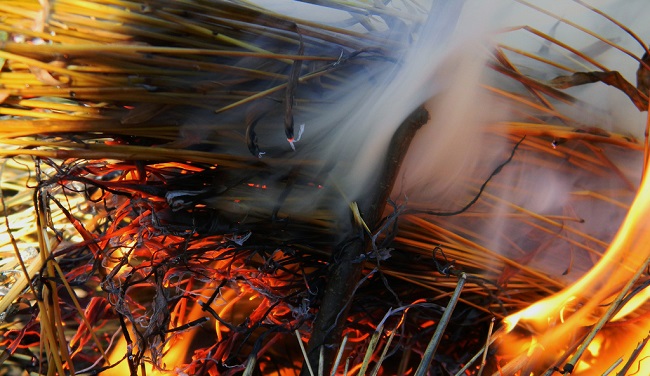
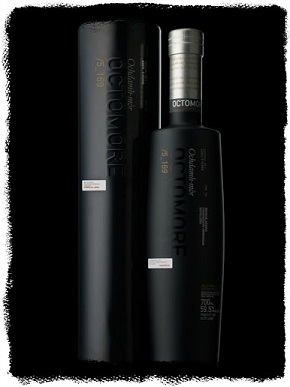 Fortunately, unlike many things in life, this has a quantitative answer – it’s all in the ppm of phenols, which is measurable.
Fortunately, unlike many things in life, this has a quantitative answer – it’s all in the ppm of phenols, which is measurable.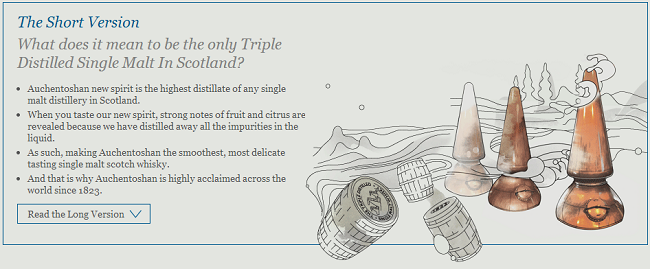 Auchentoshan
Auchentoshan 